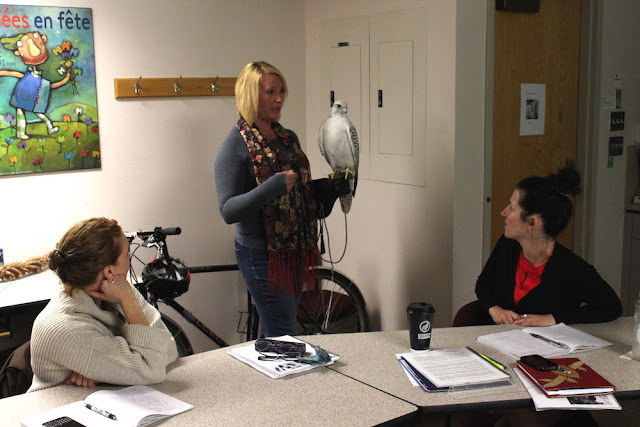Before the Covid-19 lockdown, Heritage NL assisted the Town of Deer Lake with one of our People, Places, and Culture workshops, helping identify heritage assets in the community. The workshop involves people writing out recipe cards like the one above, noting things like placenames, historically interesting people, old shops and stores, or places where things used to happen. Then, we put them on a big paper map, and start to figure out clusters of places for future research and planning. I always love finding out some of the local informal neighbourhood names which you would never know if you didn't live there (like Bug Town!).
Since then, I've started to put some of that information on a Google Map, and have been compiling a list of names of people (past and present) who are of cultural or historical interest. This is a very preliminary list, with a lot of gaps in it. If you have information on any of these people, or have suggestions for other Deer Lake people who should be included, email dale@heritagenl.ca or comment below.








